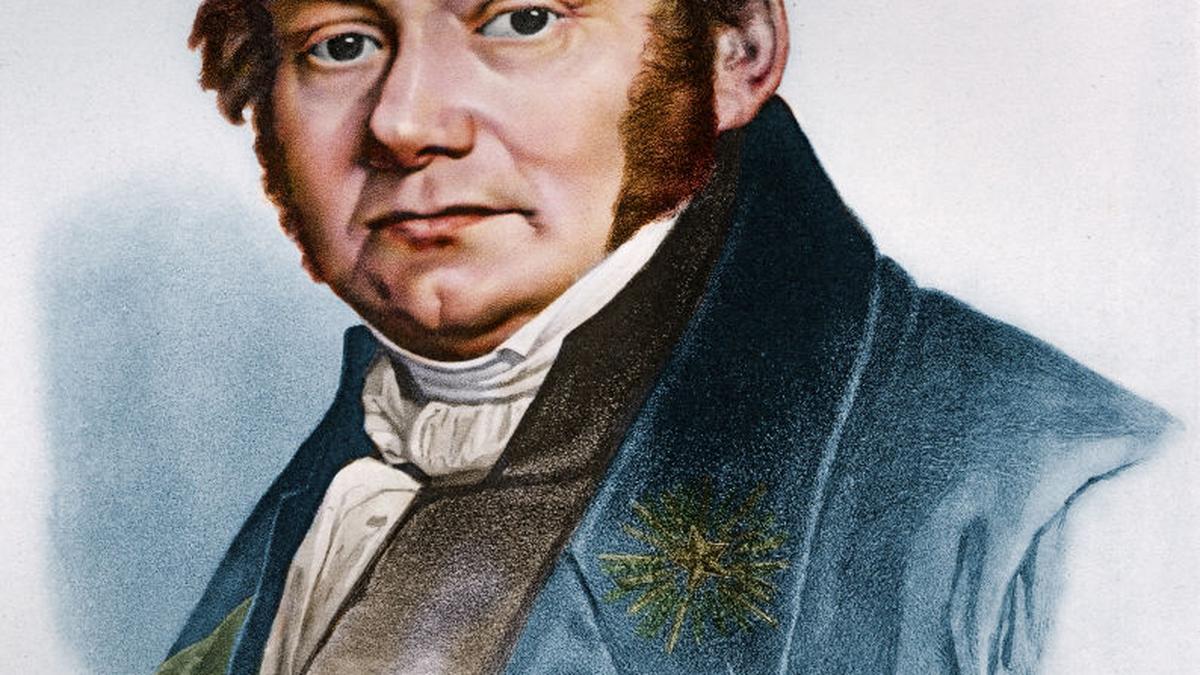Quiz: Easy as Sunday Morning: Element Etymology!
Portrait of Jacob Berzelius, the Swedish chemist who coined the term ‘organic chemistry’.
Start the Quiz
1 / 10 | On August 18, 1868, French astronomer Pierre Janssen was observing a solar eclipse in Guntur, Andhra Pradesh. He observed bright yellow lines at a wavelength of 587.49 nm in the spectrum of the chromosphere. This led to the discovery of the element that is named after the Greek personification of the sun. Which element is this?
2 / 10 | This element, found in abundance in its natural yellow crystal form, has been known since ancient times and is called ‘gandhak’ (smelly) in Sanskrit. The English name can be traced back to the Porto-Indo-European word ‘swelp’, meaning ‘to burn’. Which fiery element is this?
3 / 10 | This element, found as a gas at room temperature, has a distinctive yellowish-green colour with a pungent odour. When Sir Humphry Davy confirmed it to be a new element in 1810, he named it after the ancient Greek word for ‘light green’. Which element is the last one you’ll find in a public swimming pool?
4 / 10 | One of the strongest metals, this element is resistant to corrosion and strong acids. Prussian chemist Martin Klaproth named it after the pre-Olympian gods of Greek mythology. Named after the twelve children of the primordial parents of sky and earth, which element is best suited for healing bone fractures?
5 / 10 | This element is steel-grey in colour but is very lustrous, reflecting many colours, about 70% of the visible spectrum. This element also forms very colourful compounds, which led to its Greek name meaning ‘colourful’. What is this element that gives an attractive appearance to any item coated in it?
6 / 10 | This notoriously toxic heavy metal, found naturally on the Earth’s surface, gets its name from the Arabic word ‘al-zarniq’, meaning gold-coloured ointment. What is this element that caused the death of Napoleon I?
7 / 10 | The element selenium was discovered by Jacob Berzelius, who thought it was very similar to the element ‘tellurium’, which is named after the Earth’s ‘terra’. So, he named it after what he thought was Earth’s closest relative. Selenium, found in photocells and anti-dandruff shampoos, is named after which element?
8/10 | Technetium, atomic number 43, is the lightest element whose isotopes are all radioactive. Its properties were predicted by Mendeleev before its discovery. Finally, in 1937, it was confirmed at the University of Palermo, who wanted to name it ‘Panormus’. It was finally named after the Greek word ‘technetos’. What does this mean, a reference to its record on the periodic table?
Answer: ‘Artificial’, because it was the first man-made element.
Do you know the answer?
Yes
 No
No

show answer
9/10 | Antimony is a shiny gray metal, and its compounds have been used in medicine and cosmetics since ancient times. The element itself is poisonous, and one theory is that it killed a number of people in a certain profession who were involved in making it. ‘Anti-Moin’, which means ‘murderer’ in Old French, was a group of people who carried out these experiments inside religious establishments.
10 / 10 | Holmium is a rare-earth element that has the highest magnetic permeability and is therefore used for the pole pieces of the strongest fixed magnets. Its name is derived from the Latin name of the capital of the country where it was discovered. Which city is this, whose name still contains a part of the Latin word?


